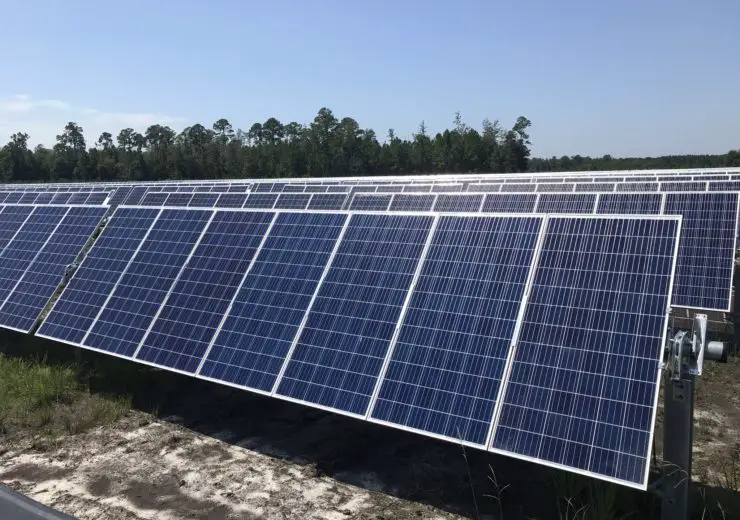REMCL, the Railway Energy Management Company Limited, India and a branch of the Indian Railways and RITES Limited has announced that they are welcoming bids for the development of a solar project to be constructed on unoccupied land that is currently owned by the Indian Railways. The solar project is estimated to produce a total of 400MW. The capital expenditure (CAPEX) model will be used to develop the solar project.
Also Read: United States’ Development Bank supports 450MW Solar Projects in India.
Carrying out of the project:
REMCL has also been given the task of planning for the construction of 3GW of solar plant projects that will be constructed on the said vacant lands. The project will be carried out in 3 phases, each 1GW and will be done under a public-private partnership basis. The first and third parts of the project will be carried out under a public-private partnership basis under the design, build, finance, operate, and transfer model. Meanwhile, the second section will be carried out under the ownership of REMCL.
The due date for bidders to submit their bid is 16th September 2020 and there will be a pre-bid meeting that will take place on the 16th of July. Bidders are expected to pay US$5,277 as an EMD (earnest money deposit) that will be paid to REMCL. More details on the project will be covered once the final decisions and documents for the project are released. During the announcement of the National Budget 2020, Finance Minister Nirmala Sitharaman had stated that solar capacity would be deployed along the railway tracks on lands owned by the Indian Railways. She also stated that the government plans to electrify 27,000 km of railway tracks.
Previously, there was a report that Indian Railways was planning to source approximately 1 GW of solar power and nearly 200 MW of wind power by 2021-22 across zonal railways and production units. Coming from the 1 GW of solar projects, the ministry plans to install 500 MW on the rooftop of railway buildings, whilst the remainder will be used to meet both traction and non-traction requirements.

